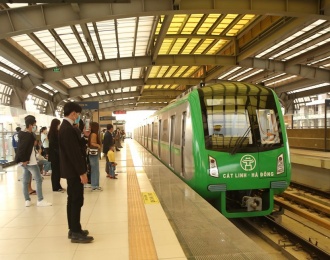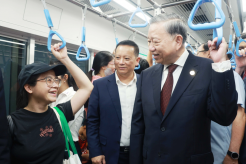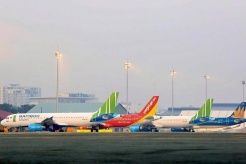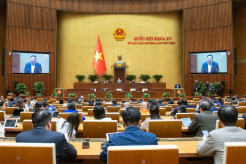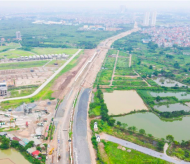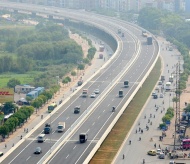Stronger decentralization key to Hanoi's urban railway ambitions
With transformative policies that include amendments to the Capital Law and specific proposals for urban rail projects, Hanoi is committed to achieving its intended goals for urban rail development.
